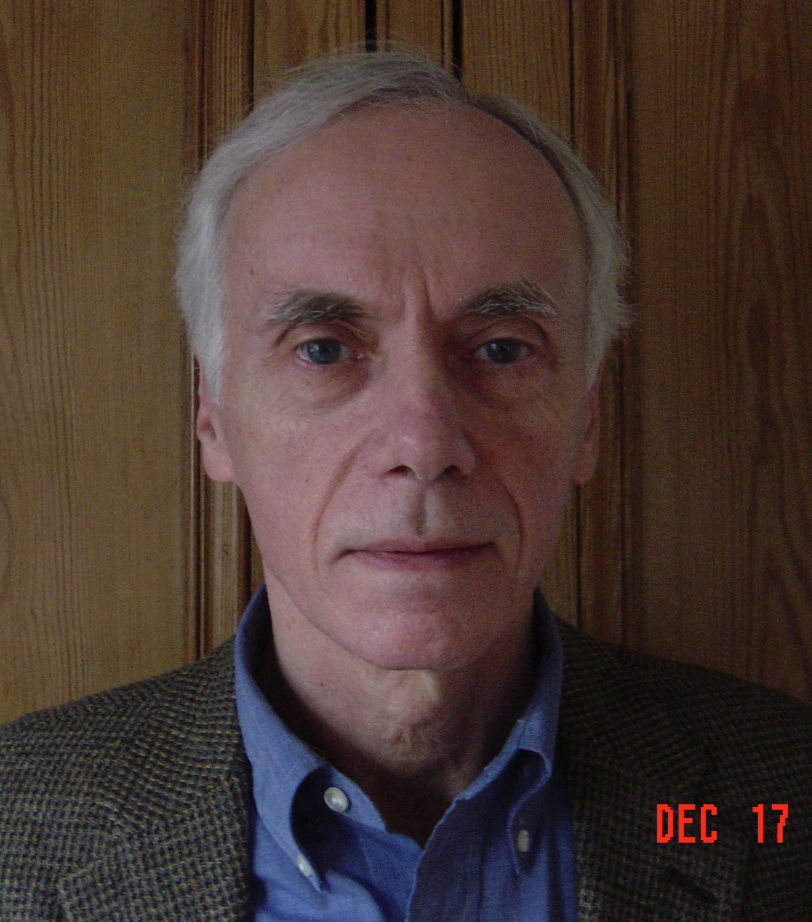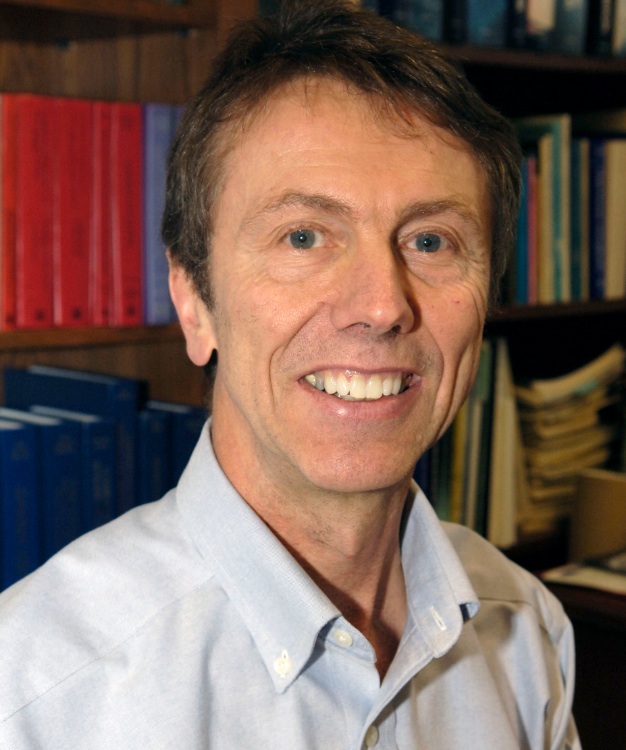

Peter Mészáros and Neil Gehrels
Posted: Apr 01, 2022

Péter Mészáros is the Eberly Chair of Astronomy & Astrophysics and Professor of Physics at the Pennsylvania State University, where he is Director of the Center for Particle and Gravitational Astrophysics, and member of the directorate of the Institute for Gravity and the Cosmos. He served as head of the Department of Astronomy and Astrophysics in 1993-2003, and he is the theory lead of the Swift satellite consortium, affiliated member of the Fermi satellite consortium, and member of the IceCube experiment team.
Born in Hungary and raised in Belgium and Argentina, he received his M.S. in Physics from the National University of Buenos Aires, followed by a Ph.D. at the University of California, Berkeley, in 1972. He was a postdoctoral fellow at Princeton and Cambridge Universities before joining the permanent staff of the Max Planck Institute for Astrophysics in Garching, Germany. He has held long term visiting appointments at the NASA Goddard Space Flight Center; the Harvard-Smithsonian Center for Astrophysics; Cambridge University; the Institute for Advanced Study, Princeton; CalTech; and the Kavli Institute of Theoretical Physics, UCSB. He is a Fellow of the American Academy of Arts and Sciences, Member of the Hungarian Academy of Sciences, and Fellow of the American Physical Society; he has been a co-recipient (twice) of the Rossi Prize of the American Astronomical Society, and the First Prize of the Gravity Research Foundation, as well as a recipient of Guggenheim, Royal Society, Smithsonian and NAS/NRC fellowships.
His main research interests are high energy astrophysics, cosmology and particle astrophysics. He has made significant contributions in the theory of structure formation in the early Universe; the high energy properties of magnetized neutron stars; the physics of gamma-ray bursts; ultra-high energy neutrinos and cosmic rays, and gravitational astrophysics. He is known for the "Mészáros effect" in cosmology, and for his development (with M.J. Rees) of the fireball shock model of gamma-ray bursts and the theory of afterglows. Thomson- Reuters ranks his work on gamma-ray bursts as number one by citations and number of papers over the 1999- 2009 period. He has written over 310 refereed research articles and 140 invited or contributed conference papers, with over 21,000 total citations, as well as several major review articles, and two books, "High energy radiation from magnetized neutron stars" (U. Chicago Press, 1992) and "The high energy Universe" (Cambridge U. Press, 2010).
A list of publications, a citation-ranked list of publications and a detailed C.V. can be found by clicking the link.

Neil Gehrels is an experimental physicist working in gamma-ray astronomy who is active in instrument development and data analysis, and dabbles in theory. His interests include gamma-ray bursts and supernovae. He is Principal Investigator for the Swift gamma-ray burst MIDEX mission. Other responsibilities include Project Scientist for the Compton Observatory (1991-2000), Mission Scientist for INTEGRAL, a Deputy Project Scientist for Fermi and Project Scientist for JDEM. Committees, societies, etc. include past Chair of the AAS High Energy Astrophysics Division and the APS Division of Astrophysics, Fellow of the APS, and member of the American Academy of Arts and Sciences and National Academy of Sciences. His wife, Ellen Williams, is Chief Scientist at BP and is on leave as a Distinguished Professor of physics at the University of Maryland. He has two children, Tommy and Emily, born in 1987 and 1990. His other interests include music and moutaineering. He climbed the Nose Route on El Capitan in Yosemite in a 6 day solo ascent in 2006.
附件下载:
It accepts original submissions from all over the world and is internationally published and distributed by IOP